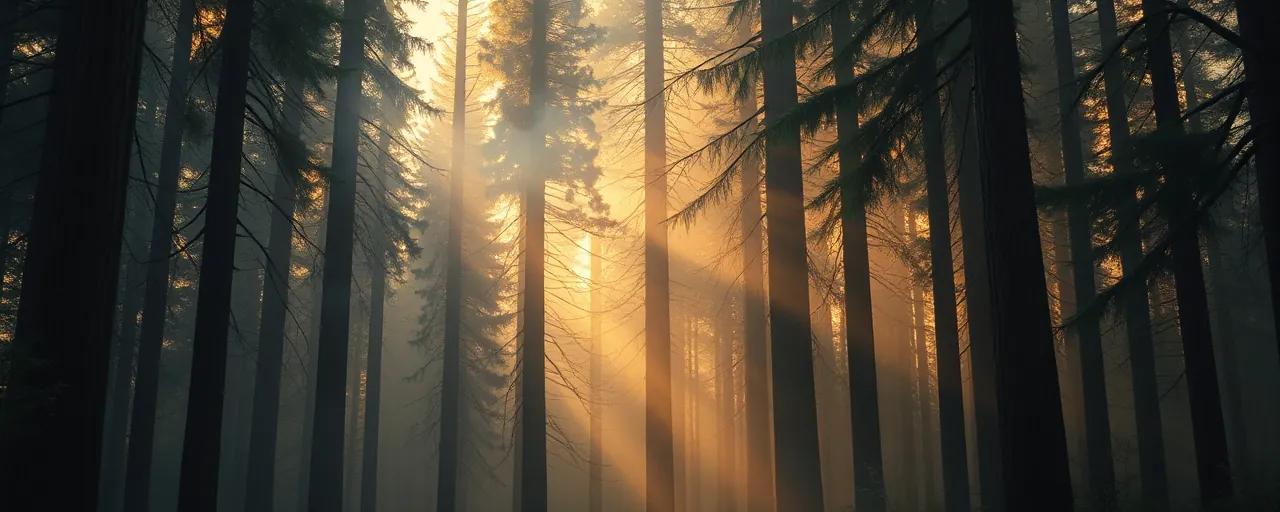A Race Against Fire
As summer looms, California faces its annual test of endurance against wildfires. The state, no stranger to blazes that have scarred communities and landscapes, is doubling down on prevention. A recent move to inject $170 million into forest and vegetation management signals an urgent push to shield neighborhoods from the growing threat of destructive fires. This funding, paired with streamlined regulations, aims to outpace the flames before they ignite.
The initiative, led by state officials, targets the heart of wildfire vulnerability: overgrown forests and dry vegetation. By channeling resources to conservancies across regions like the Sierra Nevada and San Diego River, the state hopes to create a buffer for communities at risk. Yet, the effort raises questions about balancing rapid action with environmental care, a tension that has sparked debate among residents and policymakers alike.
Breaking Down the Dollars
The new funding package allocates substantial sums to key conservancies, with $30.9 million each to the Sierra Nevada, State Coastal, and San Gabriel and Lower Los Angeles Rivers and Mountains groups, among others. Smaller amounts, like $23.5 million for the San Diego River Conservancy, reflect a tailored approach to regional needs. An additional $10 million bolsters wildfire response, ensuring resources for immediate action when fires erupt. These investments build on a broader $2.5 billion state plan to transform forests into resilient ecosystems.
Beyond dollars, the state has embraced technology and transparency. New dashboards, launched in 2023, let the public track every acre treated, from prescribed burns to tree thinning. These tools reveal that over 700,000 unique acres were treated last year, with activity doubling in some areas. While the data paints a picture of progress, gaps remain, particularly in smaller agencies’ reporting, leaving some to wonder if the full scope of efforts is visible.
Fire as a Tool, Not a Foe
A cornerstone of California’s strategy is reintroducing fire to the landscape, not as a destroyer but as a protector. Prescribed burns, alongside cultural burning led by Indigenous groups, have surged in use, nearly doubling between 2021 and 2023. These controlled fires clear out flammable underbrush, reducing the fuel that feeds megafires. Advocates, including tribal leaders and ecologists, argue this approach not only safeguards communities but restores ecosystems long shaped by fire.
Yet, scaling up these burns isn’t simple. Air quality concerns, tight weather windows, and liability fears complicate efforts. Some residents near burn sites worry about smoke, while others question whether enough is being done to protect sensitive habitats. State officials counter that training programs and partnerships with tribes are expanding capacity, but the path to widespread acceptance remains steep.
Weighing Speed Against Stewardship
To move faster, California has loosened certain environmental rules, like parts of the California Environmental Quality Act, for wildfire projects. This streamlining, in place since 2019, has cut delays, letting crews treat more land each year. Supporters, including state agencies, say it’s a necessary trade-off to keep pace with climate-driven fire risks. Data backs them up: treated areas have shown reduced fire severity, giving firefighters a better shot at containment.
Not everyone agrees. Environmental groups and some community members argue that bypassing regulations risks unintended harm to wildlife and water sources. They point to the need for careful oversight, even in a crisis. The debate underscores a broader challenge: how to act decisively while preserving the natural systems that define California’s landscapes.
Looking Ahead
California’s latest push reflects a state unwilling to wait for the next fire to dictate terms. By blending funding, technology, and traditional practices, officials aim to rewrite the story of wildfire from one of loss to one of resilience. The numbers are promising—millions invested, acres treated, burns completed—but the work is far from done. Each step forward tests the balance between urgency and caution, a dynamic that will shape the state’s future.
For residents, the stakes are personal. Those living near forests or in fire-prone suburbs want assurance their homes won’t be next. As the state refines its approach, the question lingers: can it outsmart a threat that grows more unpredictable each year? The answer depends on sustained effort, clear communication, and a willingness to adapt when the winds change.
